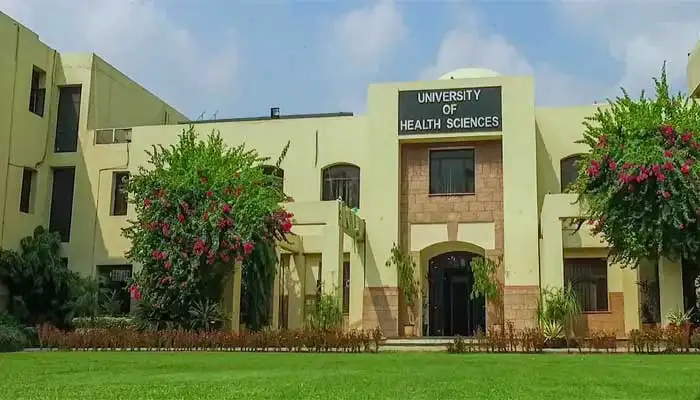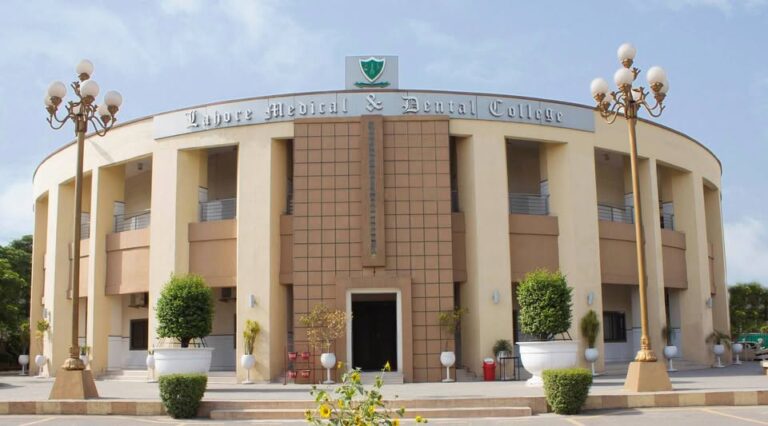Information systems are the backbones of most modern business operations. They help in structuring data management, improve communications, and support the decision-making process. An effective information system is a combination of several related parts working together to achieve the organization’s goals. The section offers information on the seven core elements and explains why they are important. It also has an FAQ of some of the most frequently asked questions.
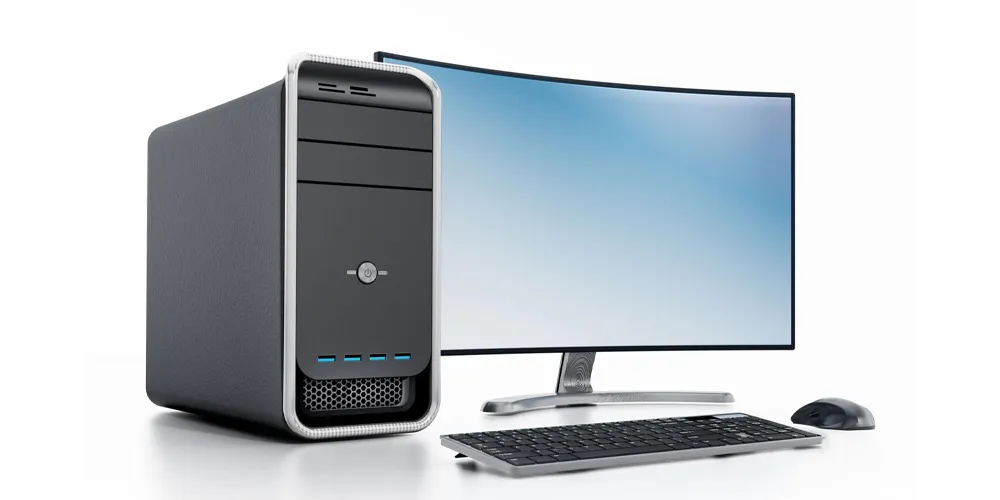
1. Hardware
This is the physical part of an information system. These are parts of the same that accept and process but after, output data. These include computers and servers with networking equipment and other peripheral machines such as scanners, printers among others.
Role of Hardware
These are what give software a bed in terms of operations as it passes through data processing.
It has network devices that help in internal and external communication within the organization including routers and modems.
Data storage and retrieval are supported by a hard drive and servers in cloud-based.
Innovation of technology has made modern hardware more compact, robust, and energy consumption less. Thus, it enables faster processing and a secure process of information.
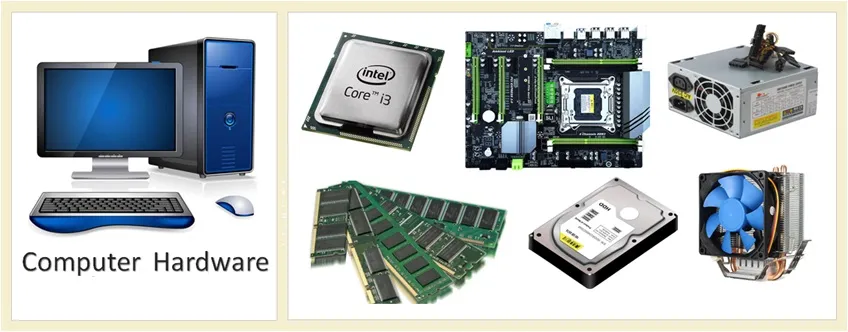
2. Software
Software is basically a set of programs and instructions, which tell the hardware what to do. This lies between the user and the hardware. Broadly, software can be divided into two categories and can be broadly classified:
System Software: The operating system that has Windows, macOS, or Linux managing the hardware resources, offering some basic services to applications.
Application Software: Type of application which can solve the given kind of need There are no bounds to the number of examples but comprises word processor, spreadsheets, CRM tools etc.
It has functionalities which are required to do much work in the world of business
It has the potentiality to enable efficiency since it automates and streamlines the process.
It enables working with data along with its analysis in the most efficient means.

3. Data
Data are the building blocks of an information system, which contains unprocessed facts and figures by various entities. With some level of processing, they acquire a form of meaningful information. It is known as a fuel for the decision-making and strategic planning process of an organization.
Types of Data
Structured Data: It is already defined. Some sample forms come as a database:
Unstructured Data: Email messages, images, videos, and social media posts.
Role of Data in Information Systems
Enable tracking and monitoring of the performance of the organization.
Make discoverability of trends and patterns possible through analytics
Use its actionable insights to facilitate making decisions.
4. People
People are those who would be utilizing the information system to achieve specific goals. This encompasses a wide network of stakeholders, for example;
End-users: Employees, customers and partners who use the system to perform a variety of activities
IT Professionals
Generally, they are systems administrators, developers, and data analysts who conceptualize, develop, and implement the design of ensuring the system is running.
The Greatest Contributions of People
System Operation and Performance
Delivers feedback of the system in order to change and improve
MUST BE Able to state how the system will achieve Organizational goals through an Integration approach.
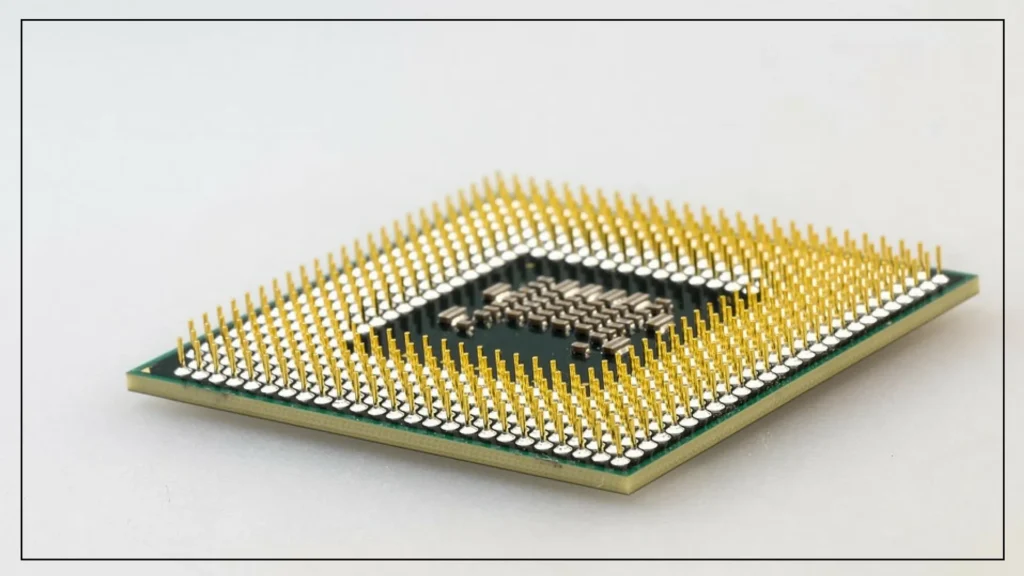
5. Process
Process refers to all activities involved in a given system that are performed utilizing flows and procedures. By way of process production information has been generated in considerable volumes as regards collection processing storage, and dissemination.
Characteristics of Processes
- Always after some organizational objective or requirement or compliance
- Documents well-written in order to reproduce as well as scale
- Automatic-based or manual-based as what it does
- Examples of Processes
- Loans issued by a bank process.
- Order fulfillment of an e-commerce website
- An inventory control system of a manufacturing company.
- Good processes make things easy, error-free, and generally help the information system to better efficiency.
6. Networks
Networks are the back-bone of communication in an information system since they link hardware to share data. The infrastructure of a good network allows for efficient communication and collaboration in or between organizations.
Types of Networks
LAN: It is the linking of devices in an office or any other geographically contained location.
WAN: It entails a wide geographical reach; that is, the connecting of various sites within a network.
Internet: This network encompasses the entire globe while the intranet is personal and works on the internet.
Role of Networks
Allow for real-time exchange of data as well as collaboration Cloud services and telecommuting are also included. It enables scaling in which addition to distributed systems.
7. Security
It avoids any kind of unauthorized access or leakage to the system and its data as well. In simple words, what this implies is that with more usage of digital systems, that security which is sound will increase people’s confidence and compliance will only come up.
Major Security Practices
Firewalls: Denies unauthorized outside access
Encryption: To secure transfer and storage
Authentication: Authenticates users of their identity through the use of a password or any biometric/multifactor authentication.
Security in one word
- It confirms the integrity of data and privacy.
- Safeguards sensitive information from cyber-attacks.
- Protects against illegality and compliances.
Information System: The information system is essentially an integration as a fusion of many parts making up the whole, such as the hardware, software, data, people, process, network, and security which all play significantly in providing vital contributions toward its operational running and execution. Further development and maturation in this recognition will help an organization effectively make optimal use of available information systems to succeed toward superior business performance.
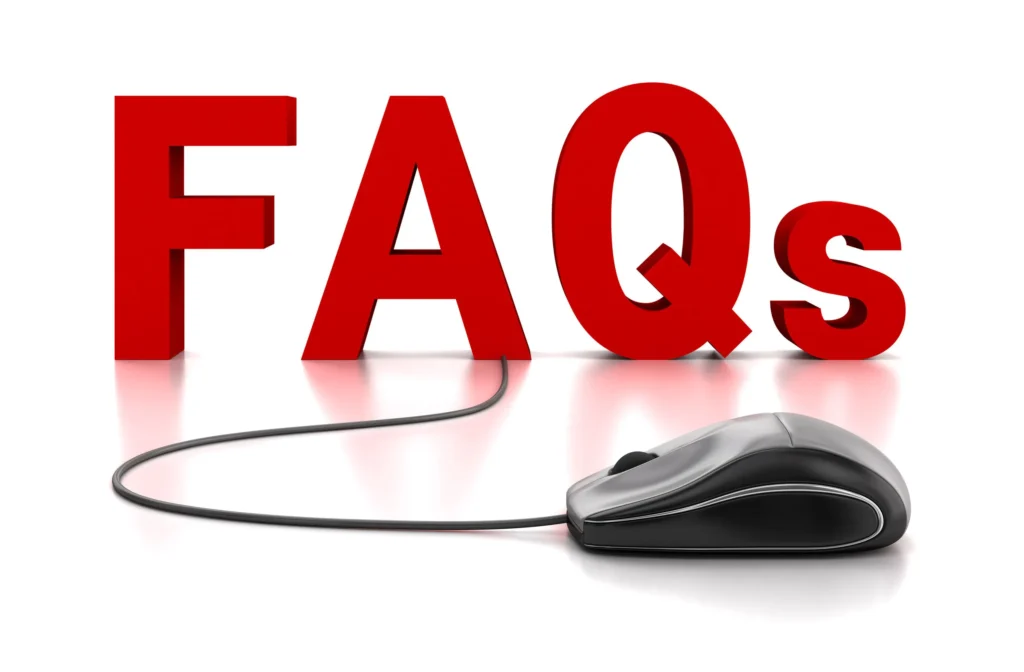
FAQs
1. What are the seven components of an information system?
Seven are hardware, software, data, people, processes, networks, and security. All these ingredients make a coherent system and facilitate achieving organizational goals.
2. What is the importance of the data component of an information system?
Data represent the raw material for analysis, decisions, and strategic planning within an information system. Without adequate data, the system is ineffective.
3. Role of people in an information system?
People are the end-users and IT professional, who contribute to the information system by executing the work as well as providing feedback or by ensuring that the system may work appropriately. They play the most critical role in maintaining or keeping the system aligned with organizational goals.
4. What is the Role of Security in Information Systems?
It protects the system and data against unauthorized access and other breaks, cyber attacks, and cyber breaches. It also provides confidentiality, integrity, and compliance to regulation for data.
5. How do networks support information systems?
Networks provide intercommunication among the components of a system and also facilitate data sharing, cooperative work, remote access, and scalability. Networks form the core of modern information systems.
6. Some of the challenges of an information system?
In other words, some of the frequently complained problems are accuracy in data and proper maintenance of technological advancement, security risk or non-alignment of the system to the business needs.
7. Optimization of Information Systems in Organizations
An organization can optimize it on investment in modern hardware, software, or staff training regularly so that the process is very efficient, or securing the system in an effective manner with cybersecurity.




